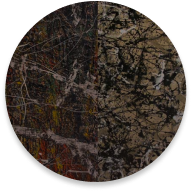STYLE AND LANGUAGE
RECURRENT TECHNIQUES IN THE ARTWORKS OF BRAJO FUSO
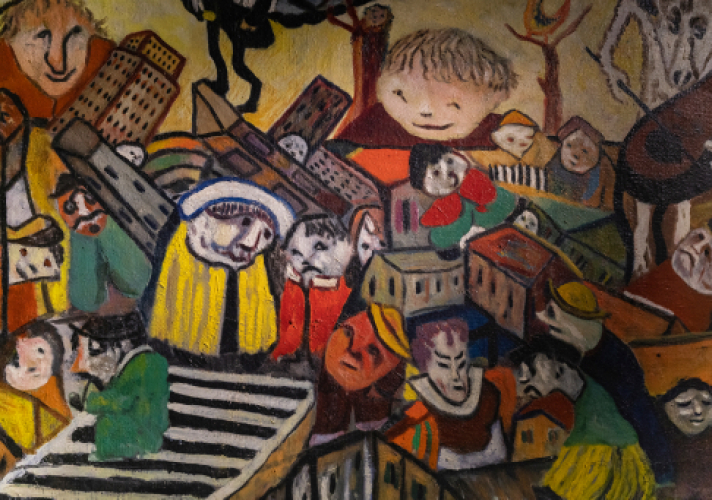
FIGURATIVE PAINTING
The first artworks respect the tradition of painting on canvas, made with oil paint and brushes.
Brajo Fuso is in line with the dramatic representation and at the limit of the post-expressionist grotesque of the Second World War period in which he lives.
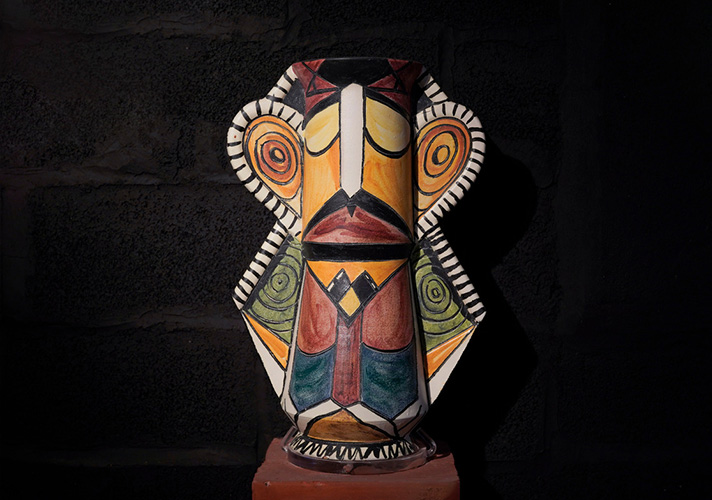
CERAMIC
At the end of the 1940s, Brajo Fuso learnt the processing of ceramic in a company in Perugia, Etruria, thanks to the direct relationship with the ceramist artisans. He used this traditional technique at the same time as figurative painting.
The breaking point with tradition is represented by unusual shapes and bright colours, which are expressionist features to which are added elements attributable to Picasso.
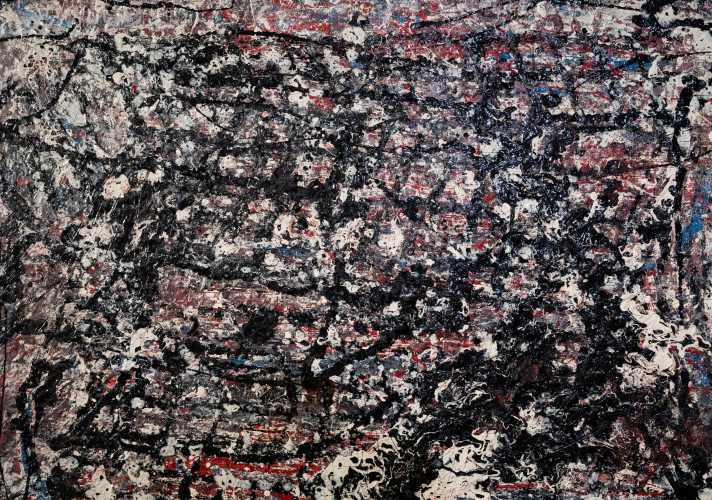
NON-TRADITIONAL PAINTING
Being a man who paid attention to the innovations of the time, Brajo Fuso moved quickly to experimentation. In 1946, he started a research on the application of the colour: he dripped it directly from
the tube, spread it with fingers, and applied it with a stick, focusing more and more on abstraction. After some transitional artworks, Brajo experimented with dripping and synthetic paint, techniques and products linked to the industrial field.
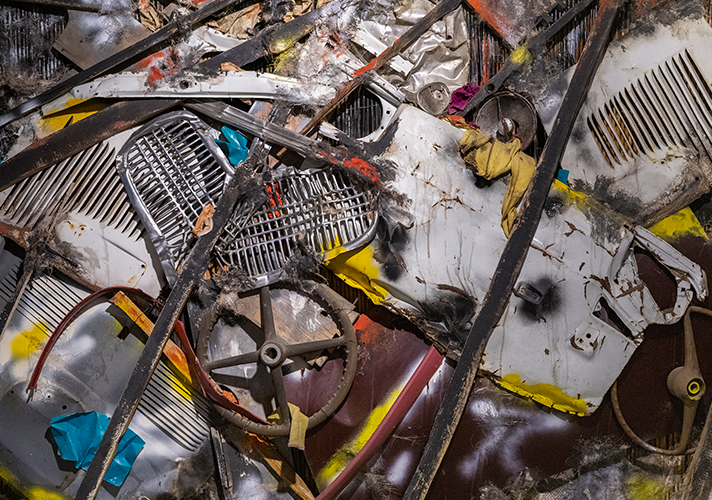
ASSEMBLAGE AND COLLAGE
Brajo Fuso discovered artistic movements contemporary to him, with a Dadaist and Surrealist origin. He made layers of raw materials (collage) and objects (assemblage), and he would continue to do it during his entire artistic life.
Material artworks follow the poetic of the found object: this means that they are made with objects of little economic value at the end of their function. The artist uses this process through the ready-made technique that implies using common use objects decontextualised from their original function.
Brajo Fuso went beyond the object in good conditions and made extensive use of pieces of cars and industrial wastes. For this reason, the critic Giulio Carlo Argan would define his art as Débris Art
or Arte del Rottame (Trash art). Recently, the art critic Philippe Daverio has especially coined the definition of Arte Oggettuale
(Objectual Art).
THE RELATIONSHIP OF BRAJO FUSO WITH WORDS
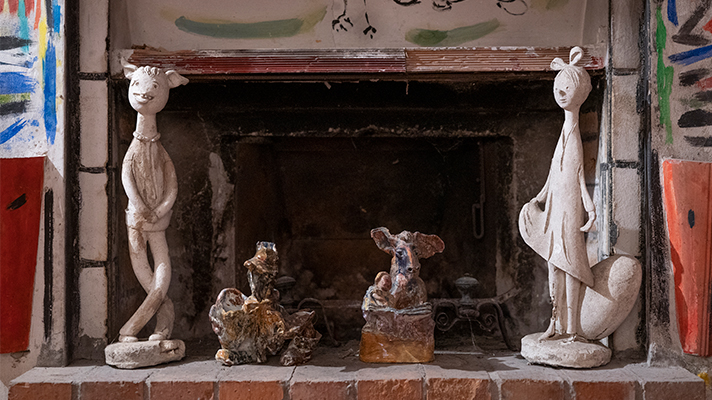
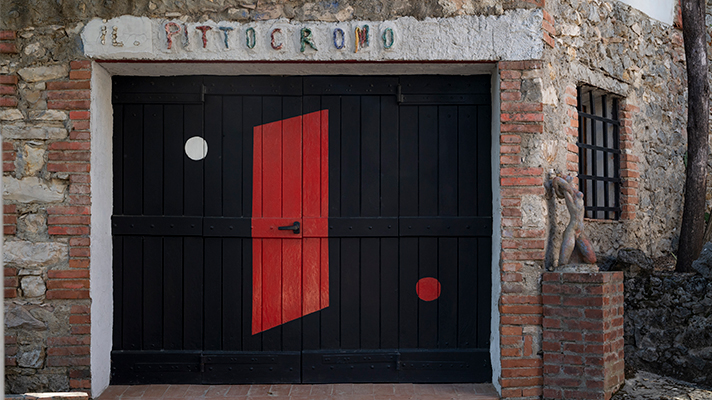
Brajo Fuso started writing even before painting; in fact, his literary works date to the 1930s.
He wrote books for children (that he also illustrated or invited the young readers to do it) and poems.
The main written work is Occhiopino, which is an overturning of meaning (compared to the original tale of Pinocchio) traceable also to Dadaist and Futurist literature.
The fairy tale genre represents the world of children and expressive freedom, which is spontaneous, ancient and modern at the same time. It is the imaginary world in which also artists take inspiration: Surrealists and Metaphysicians.
His literary works are not pretentious; the choice of inventing words mixing parts of other different words reflects his nature of bricoleur artist and makes his poems artworks themselves.
In his literary works, he talked about the passing of time and love with apparent lightness, far from superficiality. He was against the supporters of the war, foresaw the progress of degradation, and denounced the social plagues of drugs and poverty afflicting the youth of those years. He was on the side of those subjected to the power of others; those who were looked at with distrust for the colour of their skin, or those who were fighting for an ideal of justice.
While writing, the hand of Brajo Fuso used to move playfully but always respected the themes of his writings.
The attention he paid to words went beyond the literary production. His artistic world is full of particular names: Pittocromo, Brajzoo, Gaudiovideo, Brajta, to mention some of them. In his literary works, Brajo Fuso overturned the meaning of the tale, giving it a new artistic function. With the same spirit of mixing more words, he played with his name, Brajo (that is part of the month in Italian in which he was born, febbraio).
Titles give to every single work a wide meaning, and the attention with which are composed and assigned reveals the strong attachment to his works. He considered them at the same level as living creatures, as children made of waste materials.



